Why So Many American Homes Are Flimsy – Cheddar YouTube Channel
-
-
- Physical Design & Walkability
-
-
-
- Upgrade all existing buildings
-
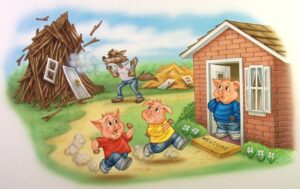
Building Construction Categories (ISO)
(From irmi.com)
Categories of building construction established by Insurance Services Office, Inc. (ISO), in its Commercial Lines Manual (CLM) for purposes of developing rates for insuring commercial property, based on susceptibility to damage by fire. The six ISO CLM building construction categories and the associated ISO construction codes, from the least fire-resistive category to the most fire-resistive category, are as follows.
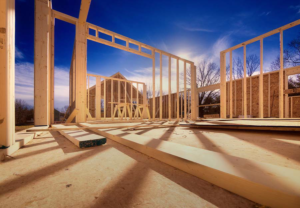
Frame—Exterior walls of wood, brick veneer, stone veneer, wood ironclad, or stucco on wood. Examples: Housing, with no more than 3‐4 stories. (Construction Code 1)
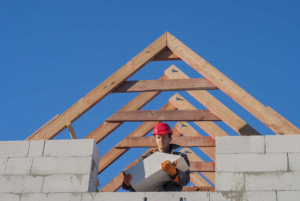
Joisted Masonry—Exterior walls of masonry material (adobe, brick, concrete, gypsum block, hollow concrete block, stone, tile, or similar materials) with combustible floor and roof. Examples: Housing, small office or retail spaces with no more than 3‐4 stories. (Construction Code 2)
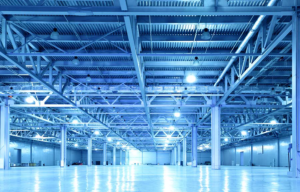
Noncombustible—Exterior walls, floor, and supports made of metal, asbestos, gypsum, or other noncombustible materials. Examples: Warehouses and manufacturing facilities. (Construction Code 3)
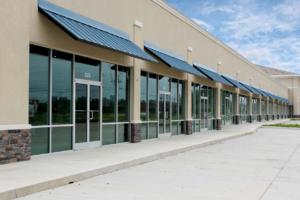
Masonry Noncombustible—Same as joisted masonry except that the floors and roof are of metal or other noncombustible materials. Examples: Shopping centers, strip malls, office buildings, warehouses and schools. (Construction Code 4)
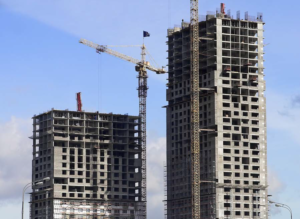
Modified Fire Resistive—Exterior walls, floors, and roof of masonry or fire-resistive material with a fire resistance rating of at least 1 hour but less than 2 hours. Examples: High and mid‐rise office buildings and condos. (Construction Code 5)
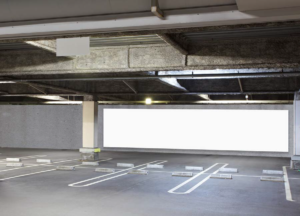
Fire Resistive—Exterior walls, floors, and roof of masonry or fire-resistive materials with a fire resistance rating of at least 2 hours. Examples: High‐rise office buildings, condos or parking garages. (Construction Code 6)
